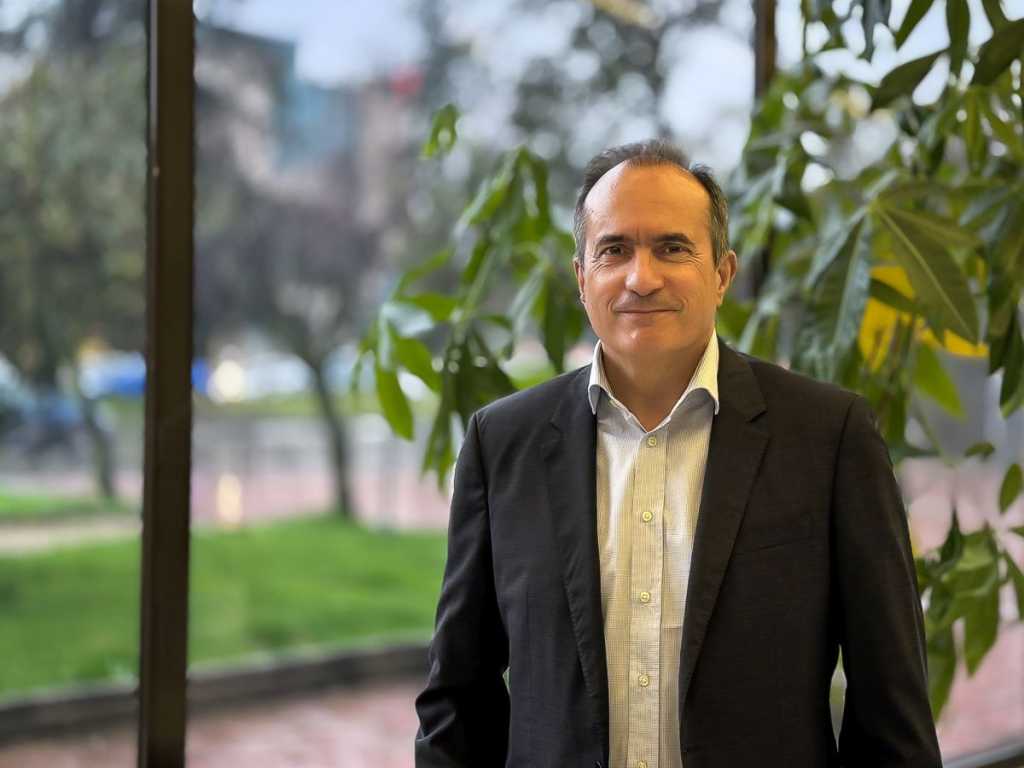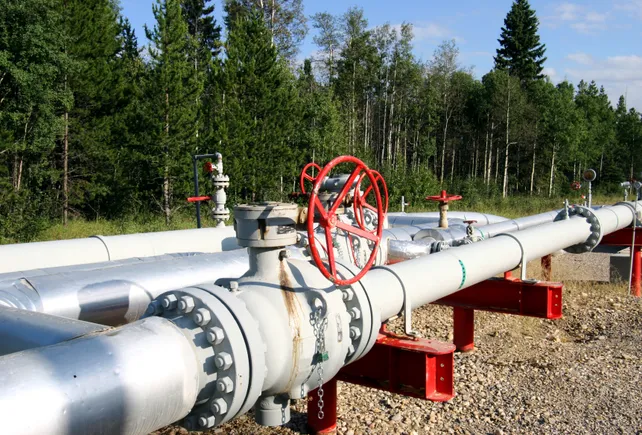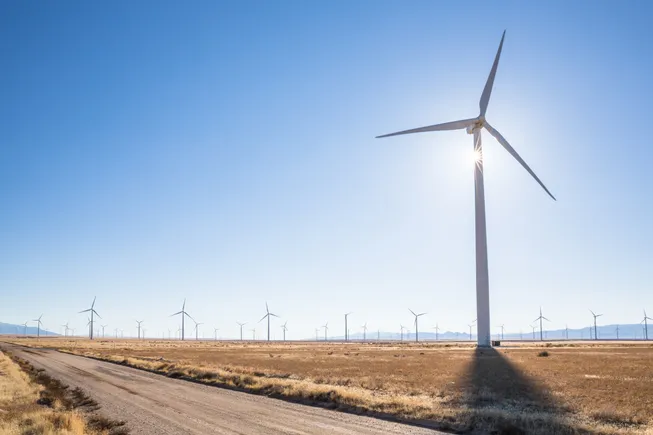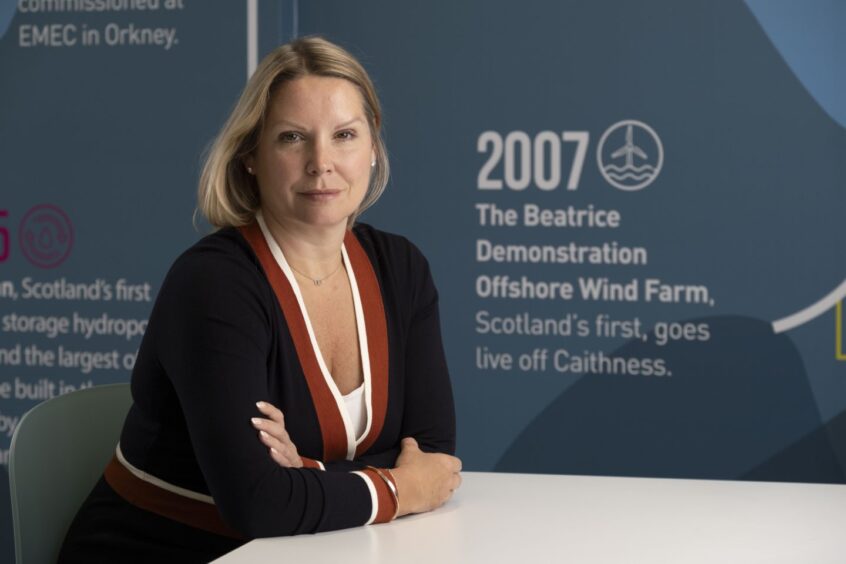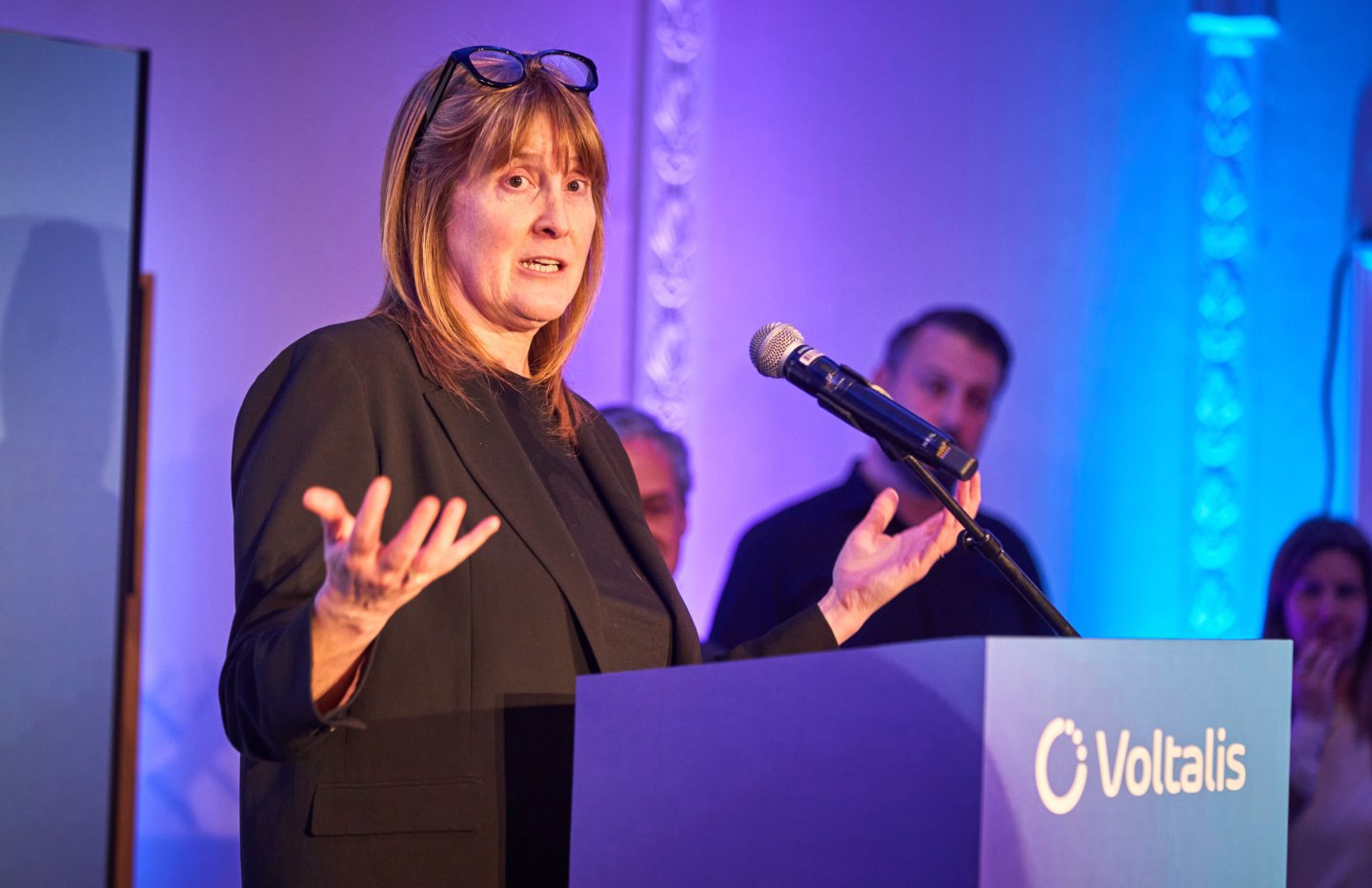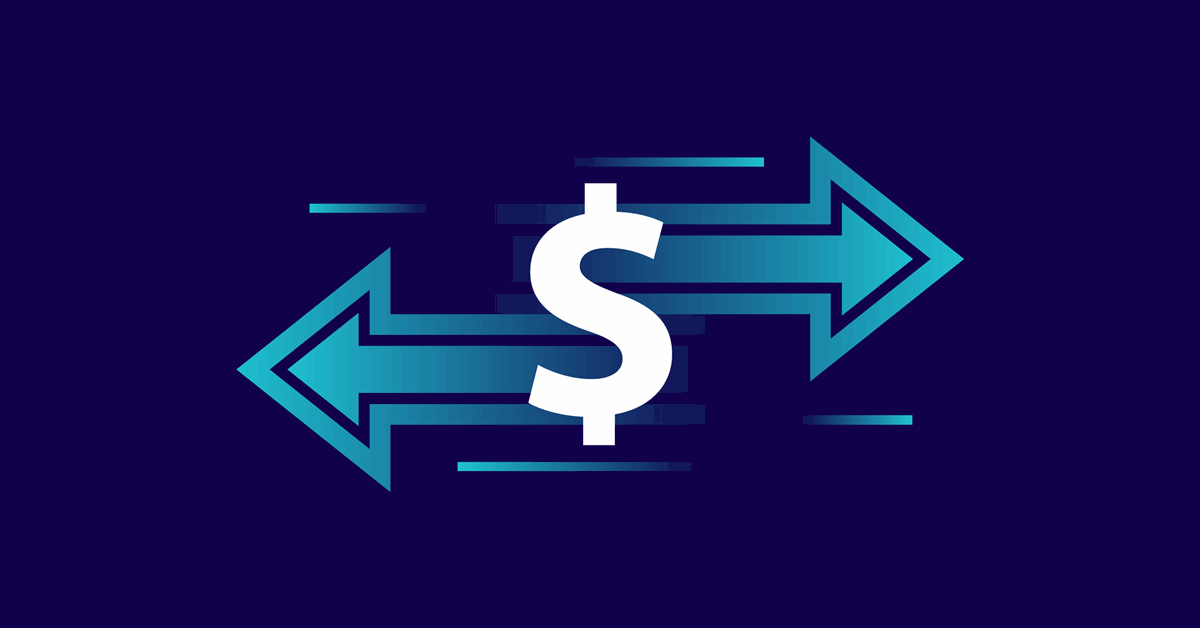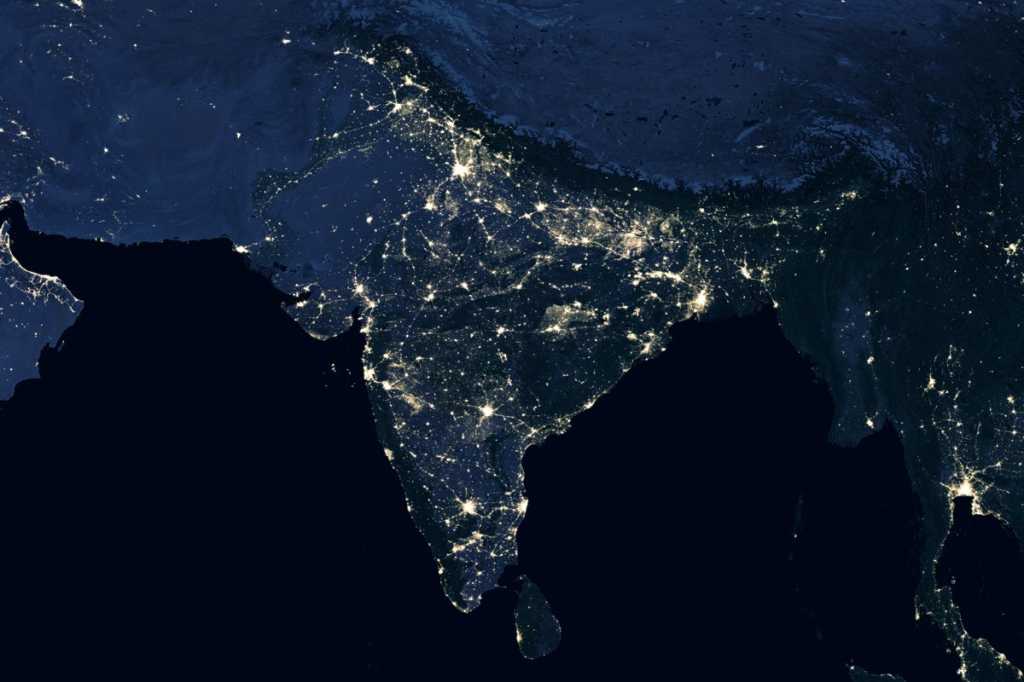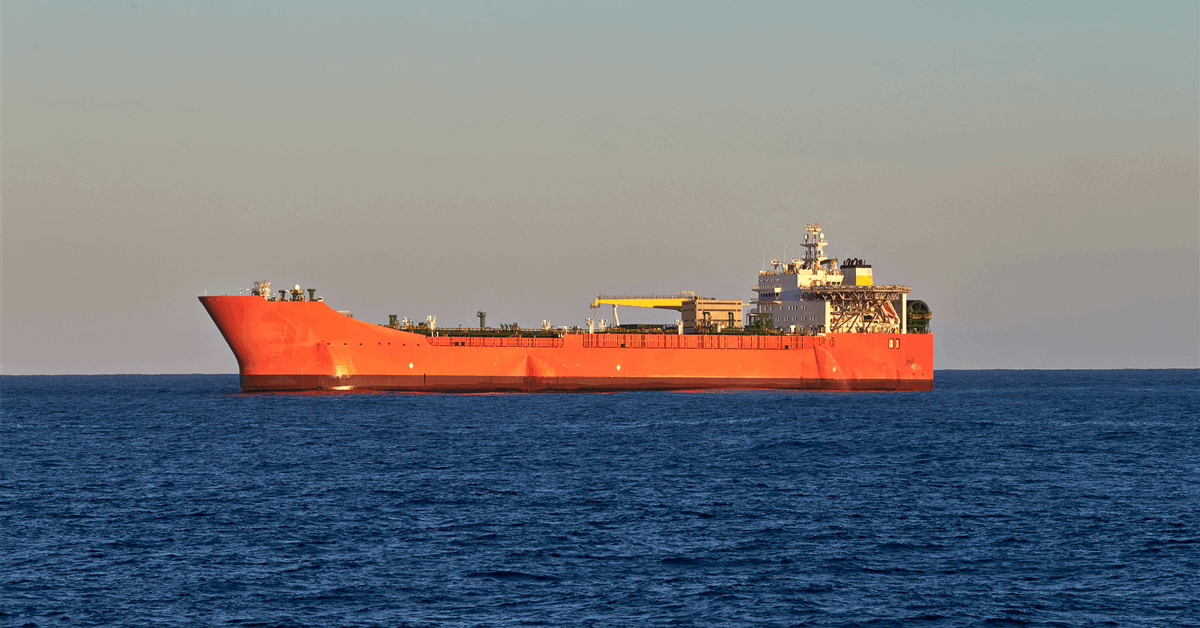
Equinor ASA and its partners on Monday achieved first oil at the Johan Castberg field in the Barents Sea, growing Norway’s production capacity by 220,000 barrels per day (bpd) at peak.
“The Johan Castberg field will contribute crucial energy, value creation, ripple effects and jobs for at least 30 years to come”, Geir Tungesvik, Equinor executive vice president for projects, drilling and procurement, said in an online statement by the company.
“We expect that this major field development with a price tag of NOK 86 billion (2024) will be repaid in less than two years”.
Recoverable volumes are estimated to be 450-650 million barrels, the majority state-owned energy major said.
“Johan Castberg opens a new region for oil recovery and will create more opportunities in the Barents Sea”, added Kjetil Hove, Equinor executive vice president for exploration and production in Norway. “We’ve already made new discoveries in the area and will keep exploring together with our partners.
“We’ve identified options to add 250-550 million new recoverable barrels that can be developed and produced over Johan Castberg”.
It is only the second field developed in the Barents Sea after Snøhvit, which went online 2007. The Nordic country’s northernmost field, Johan Castberg sits about 100 kilometers north of Equinor-operated Snøhvit, according to the operator.
Twelve of Johan Castberg’s 30 wells “are ready for production”, enough to achieve the expected peak volume in the second quarter, Equinor said. It plans to continue drilling until late 2026.
The development consists of three discoveries. Drivis, Havis and Skrugard were proven between 2011 and 2013. The government approved the project 2018.
Johan Castberg has an average water depth of 360-390 meters (1,181.1-1,279.53 feet) according to Equinor.
“Johan Castberg has been a massive and challenging project”, noted Tungesvik.
Equinor operates the field with a 46.3 percent stake. Vår Energi ASA owns 30 percent. State-owned Petoro AS holds 23.7 percent.
Norwegian supplies received over 70 percent of delivery contracts for the project. “In operation, this will increase to more than 95 percent, with a Northern Norwegian share of more than 40 percent”, Equinor said.
“84 percent of the revenue from the field will be transferred to the Norwegian state through tax and the state’s direct participating interest”, it added.
To contact the author, email [email protected]
What do you think? We’d love to hear from you, join the conversation on the
Rigzone Energy Network.
The Rigzone Energy Network is a new social experience created for you and all energy professionals to Speak Up about our industry, share knowledge, connect with peers and industry insiders and engage in a professional community that will empower your career in energy.
MORE FROM THIS AUTHOR

